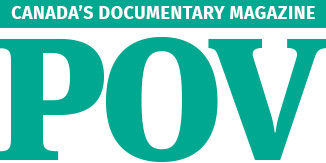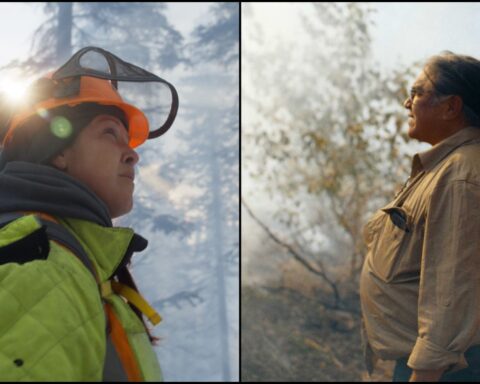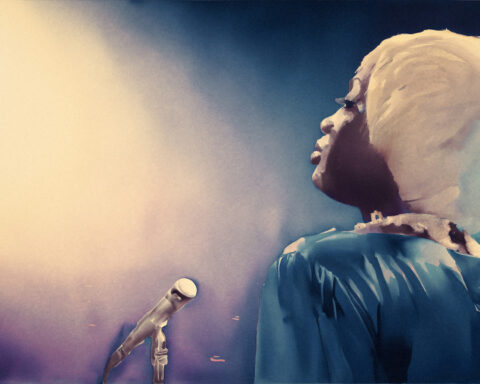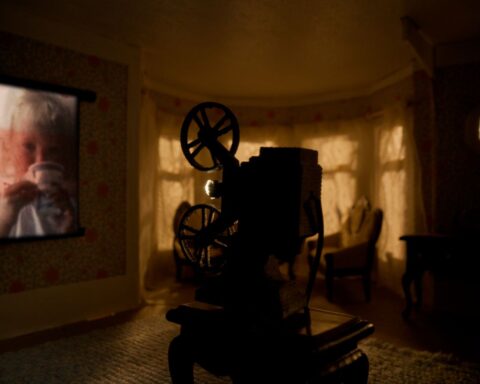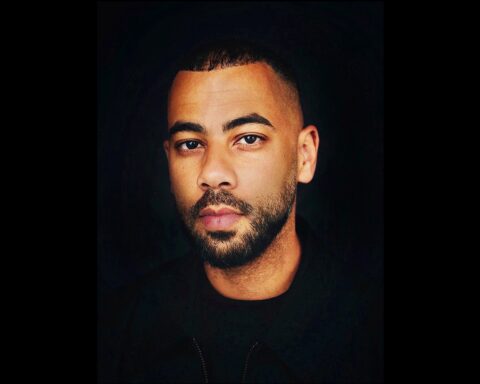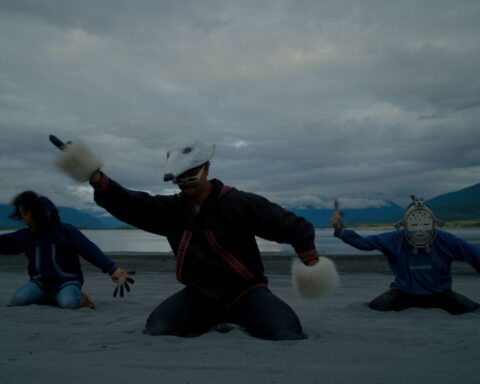Bonnie Sherr Klein’s Not A Love Story
by Rebecca Sullivan
(Canadian Cinema, U of T Press, 2016)
In revisiting Bonnie Sherr Klein’s Not a Love Story for the Canadian Cinema Series, Rebecca Sullivan wades back into the 1980s “porn wars” that divided feminists, politicians, activists and religious groups. The timing for this documentary about pornography and misogyny (an equation which, at the heart of the film, Sullivan recognises as simplistic) placed it firmly in the middle of cultural debates around censorship and representation, especially when the Ontario Censor Board refused to allow public exhibition upon its release by the National Film Board (NFB).
(Read two takes on the film and Klein’s career in a great debate from POV #66.)
Sullivan provides an even-handed exploration of the controversial film, acknowledging the reviewers who dismissed it as “emblematic of everything that went wrong with feminism and feminist filmmaking in the 1980s,” and how on first viewing it in 1996, she bristled at the “smug righteousness of the American activists and the irritating sensitivity of the penitent men.” Yet she also rejects the wholesale dismissal of ‘feminism’ many have used to condemn the production. Sullivan opts to re-view the film, presuming agency on the part of the porn performers in it.
In 1981, Bonnie Sherr Klein and producer Dorothy Todd Hénaut, backed by the NFB’s women’s program, Studio D, completed Not A Love Story, a film intended to explore the porn industry and the images it circulated. Klein’s first feature-length film’s various forays into Times Square peep shows, strip clubs and men’s consciousness-raising groups are supplemented by interviews with feminists and porn producers and performers.
After outlining the opportunities for Klein and other activist filmmakers in the NFB during the 1970s through Challenge for Change and Studio D, Sullivan traces the film’s development using private papers, published work, and interviews with key personnel. For her project, Klein partnered with stripper, activist, poet and performance artist Lindalee Tracey. Sullivan describes the relationship between the two women, one that builds from wariness to genuine friendship before ultimately collapsing when Tracey, by then a journalist and documentary filmmaker herself, denounces her depiction in the film in her 1997 autobiography.
Making Movie History: Bonnie Sherr-Klein, Joanne Robertson, National Film Board of Canada
The biggest section of Sullivan’s book reworks the film by recontextualizing the various voices presented. She seeks to disturb the film’s presumption of harm associated with porn consumption by demonstrating how the performers interviewed “challenge that viewpoint at every turn by emphasizing their pride in their performance, their desire to be respected for what they do and their ambivalent relationship to their audience.” She deliberately gives the final word to Tracey, who passed away in 2006.
Tracey’s first on-screen comment indicts anti-feminist marchers at a rally who were “making excuses for me—and they were very condescending…the party line is that ‘I’m stupid and I’m being used,’ so let’s get the dirty guy, let’s hit the man….But that’s the same line the men are using: ‘Women are stupid.’” Tracey’s indignation slices through the murky red lighting of the previous scene’s strip club and her argument remains relevant in a Canada seeking to save sex workers through the Protection for Communities and Exploited Persons Act.
It is hard to reconcile this clarity with Tracey’s later charge that the filmmakers exploited her. Interviews with Klein demonstrate her pain at Tracey’s charges that she was used to prop up an argument, while Sullivan documents her attempts at a reconciliation that never happened.
And this schism is at the heart of the film’s shortcomings. Klein became focused on what pornography looked like “because we are talking about something a lot of women didn’t look at, we averted our eyes purposely, because we didn’t want to know.” However, Sullivan observes that “the need to reveal the degradations of pornography came more from a concern for the innocent viewer than from a concern for the on-screen worker.”
Tracey is the only sex worker in the film shot outside of the realm of peep shows, dressing rooms and porn sets. One performer is interviewed while the blind on her peep show cubicle descends and Klein deposits quarters to continue filming. Meanwhile, the feminist critics of pornography are shown in their homes and studios. This distance between ‘experts’ (often feminist, always clothed) and performers (sometimes feminist, generally naked) was not intentional, according to Sullivan’s interviews, but it is evident.
That coupled with an overabundance of emotional cue cutaways seems to overdetermine the judgmental perspective of the film. Sullivan argues that by rereading Tracey’s participation as self-conscious, she challenges that frame: “…we are not watching a semi-retired sex worker on the road to ‘recovery,’ but rather a documentary and performance artist in the making.”

